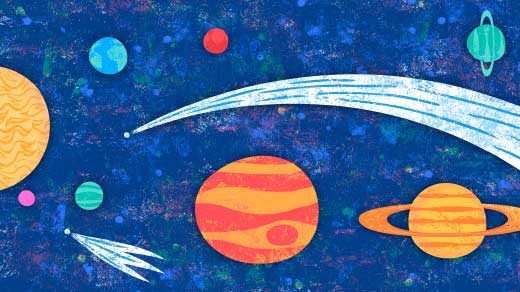There are – if not quite billions and billions – at least a LOT of resources for astronomy-lovers.
Table of Contents
ALL ABOUT ASTRONOMY
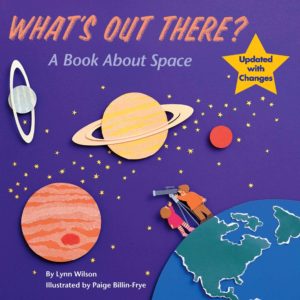 |
Lynn Wilson’s What’s Out There? (Grosset & Dunlap, 1993) is a simply presented introduction to stars and planets, illustrated with terrific paper-collage pictures. For ages 3-7. |
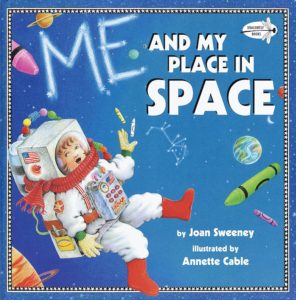 |
In Joan Sweeney’s Me and My Place in Space (Dragonfly Books, 1999), the young narrator takes off on a tour of the solar system, making crayon illustrations as she goes. (Pair with crayons!) For ages 3-7. |
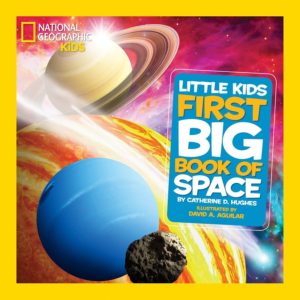
|
By Catherine Hughes, National Geographic Kids First Big Book of Space (National Geographic Children’s Books, 2012) is a beautifully illustrated introduction, filled with basic information and catchy facts. (“If you could drive a car to the sun, it would take you 170 years.”) For ages 4-8. |
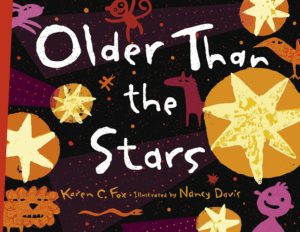
|
Karen Fox’s Older Than the Stars (Charlesbridge, 2011) – in catchy verse – explains how everything that makes up every one of us (and everything else) originated billions of years ago in the Big Bang. Included is a colorful timeline of the universe. For ages 6-10. |
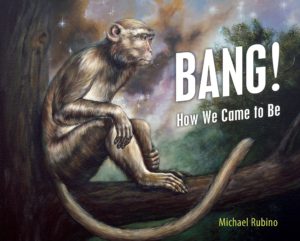 |
Also see Michael Rubino’s Bang! How We Came to Be (Prometheus Books, 2011) for ages 8-11. |
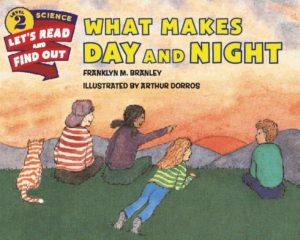
|
The Let’s-Read-and-Find-Out Science series many astronomy-themed picture books for early-elementary-level kids. Titles include Mission to Mars, The International Space Station, What the Moon is Like, and The Planets in Our Solar System. |
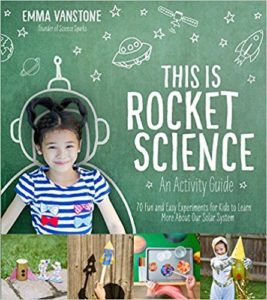 |
Emma Vanstone’s This is Rocket Science (Page Street Kids, 2018) is an activity guide with dozens of experiments designed to demonstrate gravity, friction, Newton’s laws of motion, air resistance, thrust and trajectory, life in space, and the solar system, illustrated with color photos. For ages 7-12. |
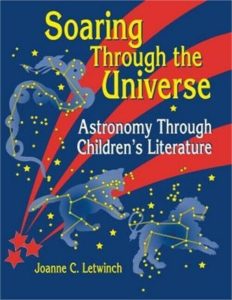
|
Joanne C. Letwinch’s Soaring Through the Universe: Astronomy Through Children’s Literature (Libraries Unlimited, 1999) has activities, projects, literature connections, and reproducible worksheets, variously categorized under Moon, Sun, Planets, Stars, and Space Travel. For ages 7-12. |
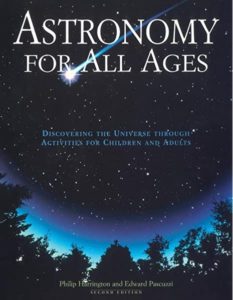
|
Philip Harrington’s Astronomy for All Ages (Globe Pequot Press, 2000) is subtitled “Discovering the Universe Through Activities for Children and Adults.” Over fifty activities for all ages, variously covering the moon, planets, stars, constellations, and galaxies. Included are charts of lunar eclipses and meteor showers. |
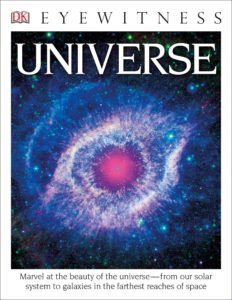 |
Robin Kerrod’s Universe (Dorling Kindersley, 2009) in the popular Eyewitness series devotes a gorgeously illustrated double-page spread to each topic, among them “How the universe works,” “Comparing the planets,” “Clusters and nebulae,” “Pulsars and black holes,” and “Quasars and other active galaxies.” For ages 8 and up. |
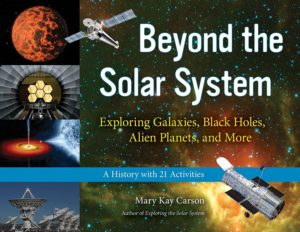
|
Mary Kay Carson’s Beyond the Solar System (Chicago Review Press, 2013) is an exploration of galaxies, black holes, alien planets, and more, with 21 hands-on activities. For ages 9 and up |
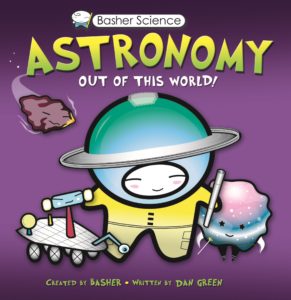
|
Simon Basher and Dan Green’s 120+-page Astronomy: Out of This World! (Kingfisher, 2009) is clever, funny, and packed with information, much of it delivered in the anthropomorphic first person. The Sun: “I’m a total star – the center of everything, baby! A fearsome fireball burning 600 million tons of hydrogen every second, I provide light and heat for the orbiting scraps of matter called planets.” Readers get the scoop on planets, stars, the Local Group, deep space, and more. For ages 10 and up. |
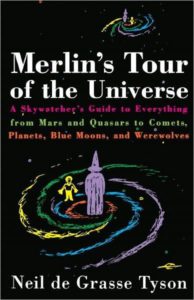
|
In Neil de Grasse Tyson’s Merlin’s Tour of the Universe (Main Street Books, 1997), Tyson – in the person of Merlin, an omniscient visitor from the Andromeda Galaxy – answers astronomy questions from kids and adults on topics “from Mars and Quasars to comets, Planets, Blue Moons, and Werewolves.” A great read for ages 10 and up.Also see the sequel Just Visiting This Planet (Main Street Books, 1998). |
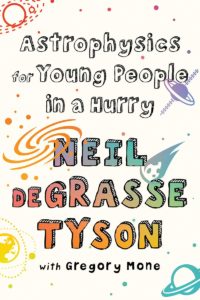 |
Neil de Grasse Tyson’s Astrophysics for Young People in a Hurry (Norton, 2019) is an overview of cosmology for curious kids from the big bang on, stuffed with catchy facts, infographics, photos, and fascinating information. For example, readers discover the location of Superman’s home planet and the site of the solar system’s tallest mountain, and find out why Santa Claus should spend the off-season in Ecuador. Chapter titles include “How to Communicate with Aliens,” “My Favorite Elements,” “Dark Energy,” and “Why the World is Round.” For ages 10-14. |
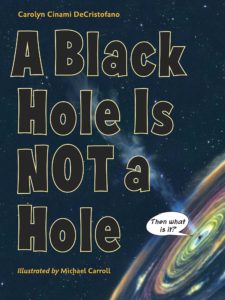
|
By Carolyn Cinami DeCristofano, A Black Hole is Not a Hole (Charlesbridge, 2012) is a reader-friendly account of gravity, quasars, black holes, and the event horizon, written with both expertise and a sense of humor. (“A black hole is nothing to look at. Literally.”) For ages 11 and up. |
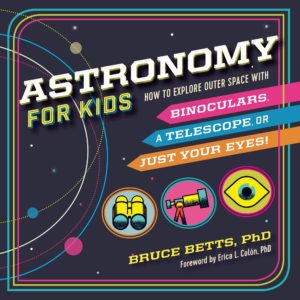 |
By Bruce Betts, Astronomy for Kids (Rockridge Press, 2018) is a helpful guide for exploring the sky with binoculars, a telescope, or just your eyes. For ages 7-13. |
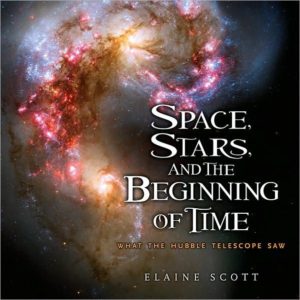
|
By Elaine Scott, Space, Stars, and the Beginning of Time (Clarion, 2011) is an account of discoveries from the Hubble telescope, illustrated with dazzling photos. For ages 10 and up. |
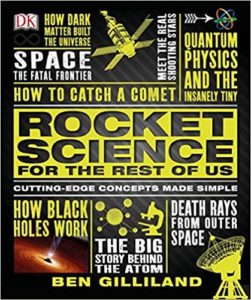 |
Ben Gilliland’s Rocket Science for the Rest of Us (DK, 2015) is an illustrated guide to black holes, antimatter, physics, and space exploration. For ages 12 and up. |
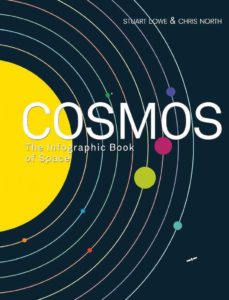 |
By Stuart Lowe and Chris North, Cosmos: The Infographic Book of Space (Aurum, 2015) covers space in numbers and graphics, from the beginning of space exploration to the ends of the universe. A good math connection. For ages 12 and up. |
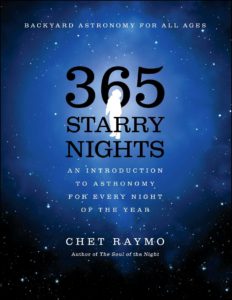 |
Chet Raymo’s 365 Starry Nights (Simon & Schuster, 1990) has star maps, well-presented scientific information and an astronomical adventure for every night of the year. A great family resource. |
| Also see the (unrelated) 365 Days of Astronomy which has an informational astronomical podcast for every day of the year. | |
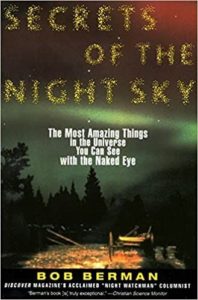
|
Bob Berman’s Secrets of the Night Sky (Harper Paperbacks, 1996): subtitled “The Most Amazing Things in the Universe You Can See with the Naked Eye,” is a fascinating collection of essays on everything from the Big Dipper to the aurora borealis. Though intended for adults, these make for great astronomical family read-alouds. Also included are helpful appendices on selecting binoculars and buying a telescope. |
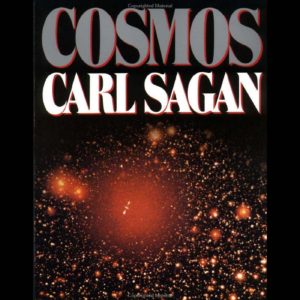 |
Carl Sagan’s Cosmos (Ballantine Books, 2013) covers fourteen billion years of cosmic history. Said to be one of the most popular science books of all time. For teens and adults. |
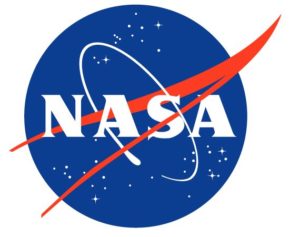 |
NASA’s Starchild is a “Learning Center for Young Astronomers.” Visitors learn about the solar system, universe, and outer space with a wide range of activities. For elementary- and middle-school-level kids. |
| NASA’s Space Place is a great resource, with many interactive projects, activities, and explorations for kids of all ages, categorized under Space, Sun, Earth, Solar System, and Peiople & Technology. | |
| NASA’s Imagine the Universe has information, multimedia exhibits, interactive projects and activities (some using real satellite data), and more. Designed for ages 14 and up. | |
 |
The SETI Institute has an excellent activity guide for kids and families on the sun, the solar system, and eclipses, as well as year-long curricula targeted at either elementary- and middle-school-level kids (Life in the Universe) or high-school students (Voyages Through Time). |
| Astronomy Basics for Children is a nicely organized hyperlinked list, covering What Astronomers Do, How Did the Universe Begin, Home Sweet Home, The Light We Live By, Eight or Nine Planets, and How Far Does the Apple Fall from the Tree? Included are astronomy calculators, a mnemonic for remembering the planets in order, a tutorial on the Milky Way, and more. | |
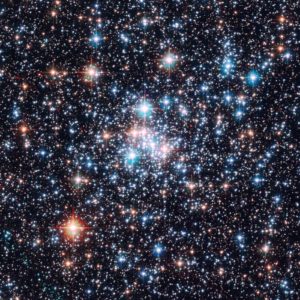 |
Designed by an astronomy teacher, the Lie Back, Look Up website has many suggestions for family adventures with the night sky, including projects, activities, and viewing helps. |
| From NASA and Montana State University’s Ceres Project, Educational Activities has a list of very well-organized lesson plans for a range of ages. Sample titles: Sky Paths: Studying the Movement of Celestial Objects, Learning Planet sizes, MarsQuest, and The Expanding Universe. | |
| See Space Science Teaching for a lesson plan on navigating by the North Star, constellation teaching resources, a map of the northern circumpolar constellations, and more. (Learn how to make a sextant!) | |
| From Core Knowledge, Astronomy: Our Solar System and Beyond is an excellent ten-part lesson plan targeted at third-graders. Various sections – all with instructions and materials and resource lists – cover Origins of the Universe; Galaxies; the Solar System; Planetary Motion; Gravity; Asteroids, Meteors, and Comets; Eclipses; Stars, Constellations, and Orienteering; and Exploration of Space. | |
| At Ology, the American Museum of Natural History’s website for kids, learn all about astronomy, take a virtual tour of the solar system, find out if you’re a likely candidate for a colony on Mars, build the Big Dipper, and more. | |
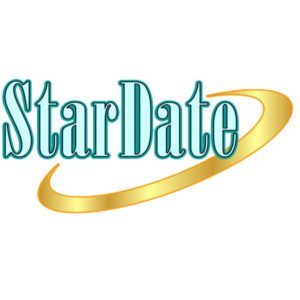 |
Stardate is the public education and outreach branch of the University of Texas McDonald Observatory. Visit the website for episodes of the informational Stardate radio program, a moon phase calendar, an illustrated “Astro Guide” to the universe, and a downloadable teacher’s lesson plan guide. |
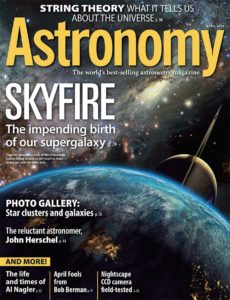 |
For interested amateur astronomers, Astronomy magazine is filled with news and information about astronomy and sky-viewing. For teenagers and adults. |
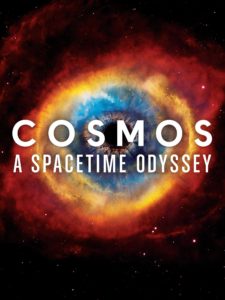 |
Cosmos: A Spacetime Odyssey is a 13-part 2014 science documentary hosted by Neil DeGrasse Tyson, an update of Carl Sagan’s original Cosmos: A Personal Voyage, aired on PBS in 1980. A great way to get an astronomy education. |
| At the Hubble Site, learn all about the Hubble telescope and its discoveries., and get the scoop on the Webb Space Telescope, the Hubble’s successor. Included at the site are videos, podcasts, a photo gallery, and more. |
